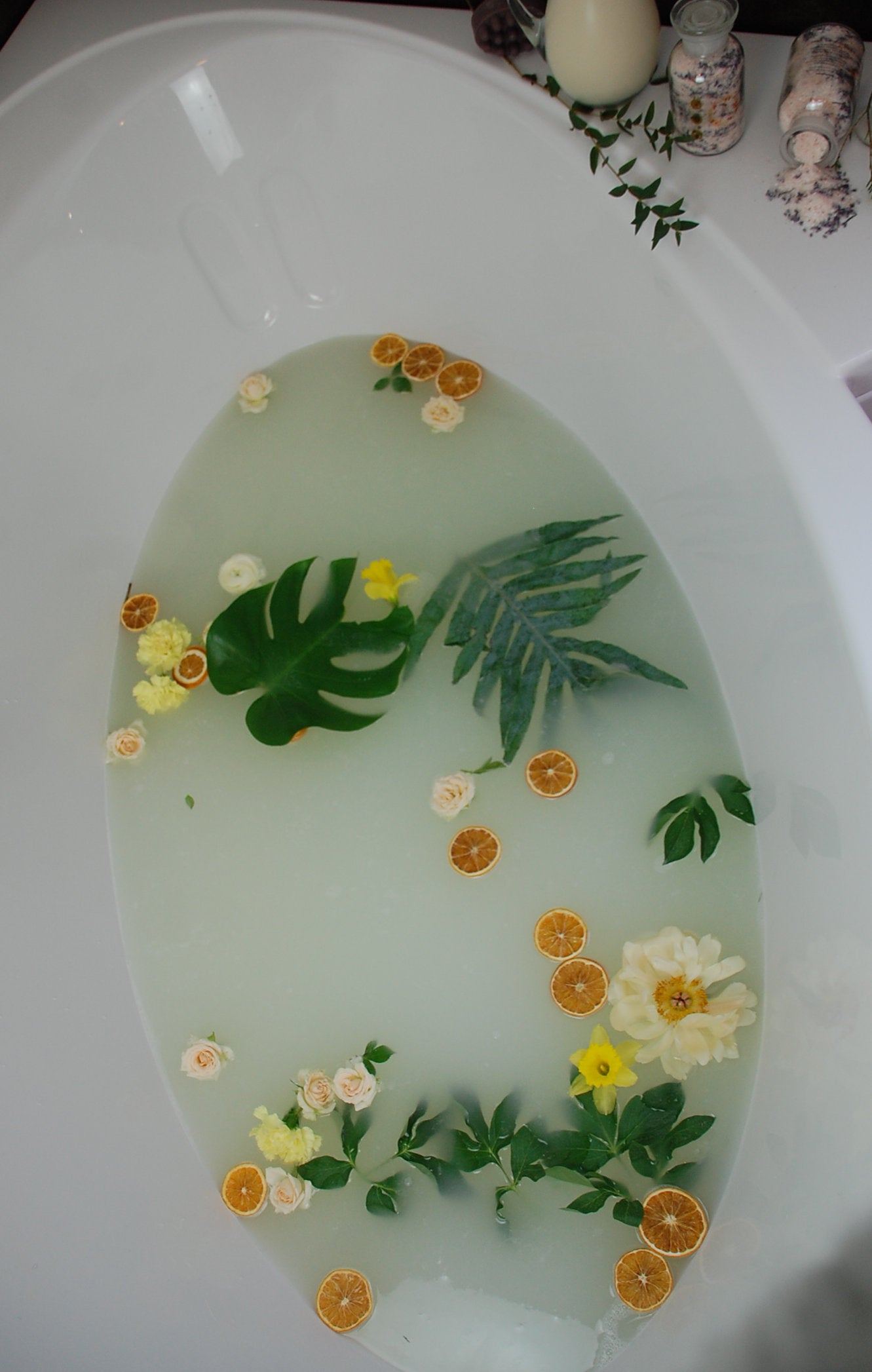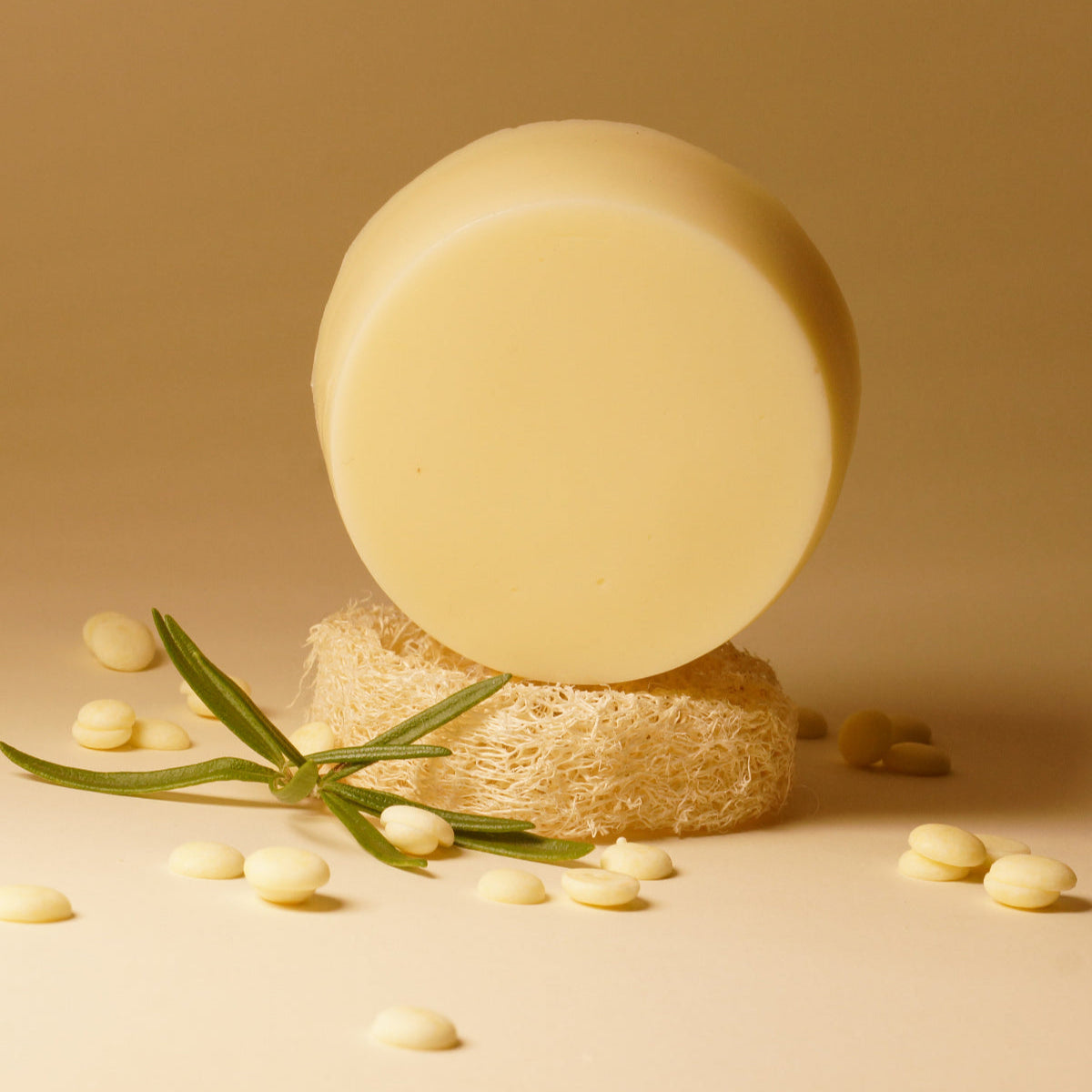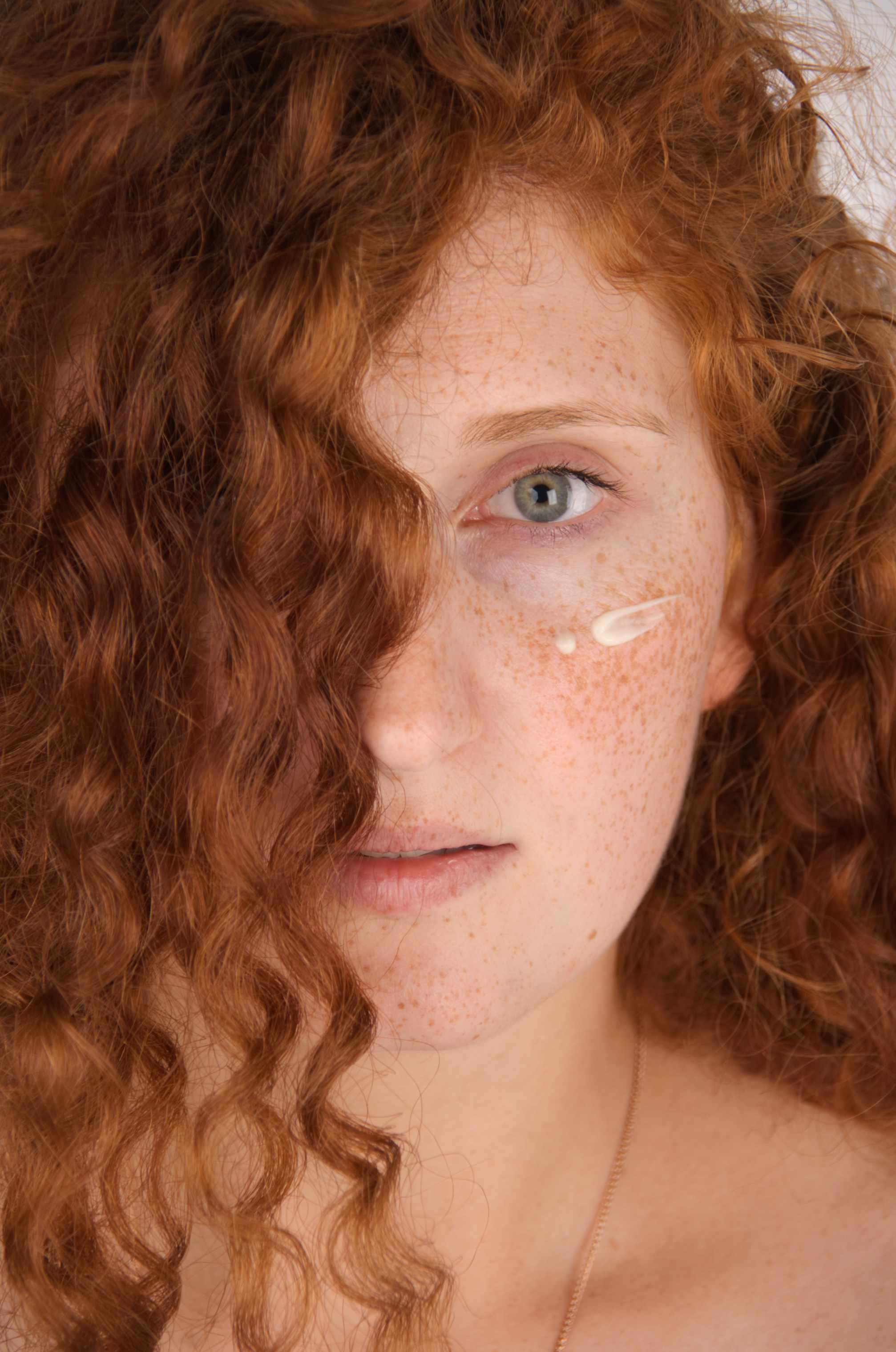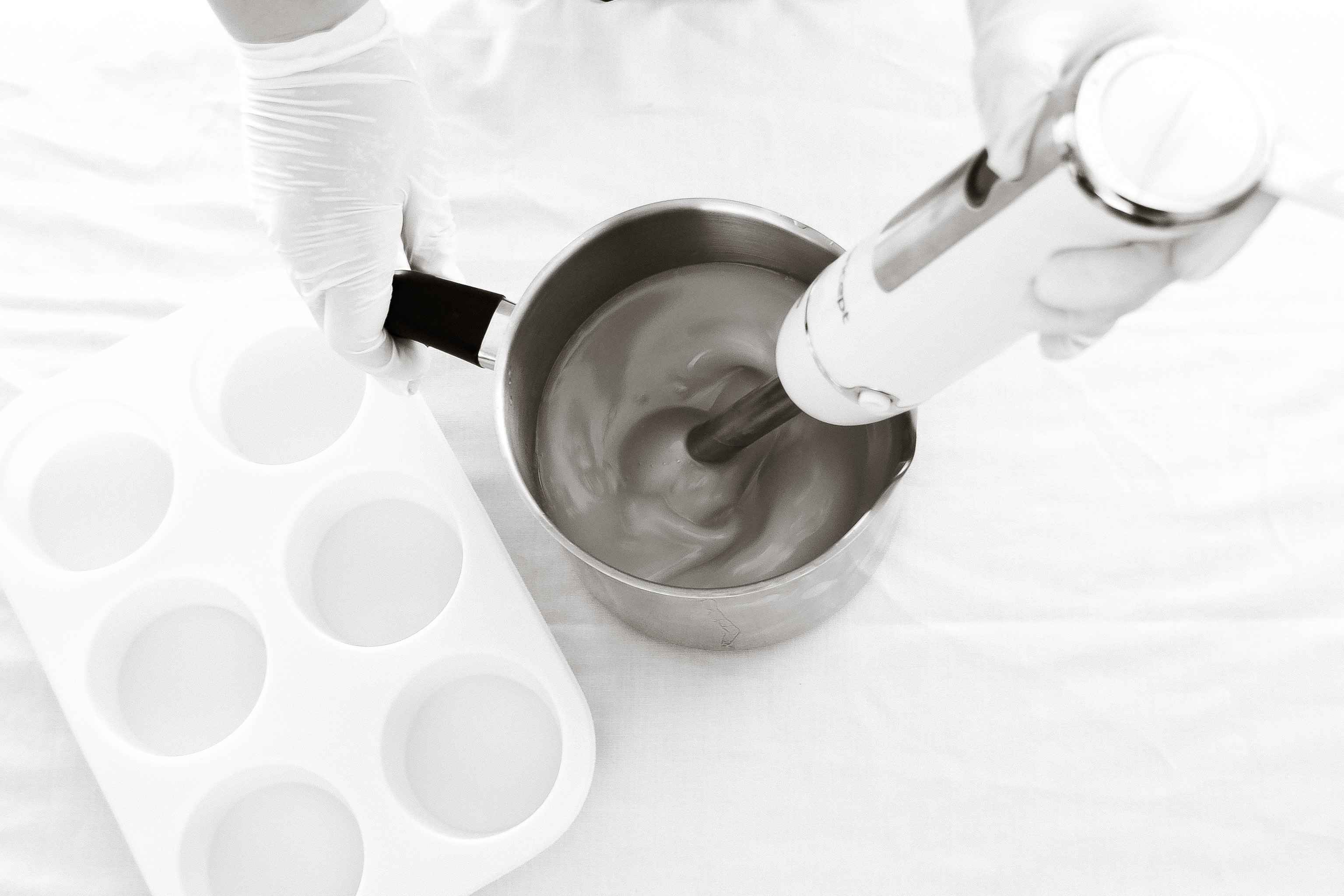
ŠALTALANKIAI IR ODA
Origin of the Name
In ancient times, racehorses in Greece were fed sea buckthorn (Latin: Hippophae rhamnoides, sometimes called Siberian pineapple) leaves and twigs, making the horses larger, stronger, and healthier. In Greek mythology, it is written that Pegasus’s coat and hooves shone fabulously because he fed on sea buckthorn leaves. For these reasons, the genus name Hippophae was created – “hippo” meaning horse and “phaos” meaning to shine – together “shining horse.”

Botanical Characteristics
Sea buckthorn is a cold-hardy shrub (and in some regions a small tree) of the genus Hippophae in the Elaeagnaceae family, resistant to extreme temperatures (down to –40 °C) and bearing orange-brown berries. It is commonly found across Asia and Europe. There are seven known species, of which Hippophae rhamnoides is one of the most important and is further divided into nine subspecies.
Historically Used…
Ethnobotanical studies have shown that various parts of the sea buckthorn plant were widely used across Asia, Scandinavia, and the Baltic region for food and fuel, medicine and veterinary treatments, agriculture, and tool making, among other uses.

To explore the earliest known medicinal uses of sea buckthorn, we must return to ancient Greece and examine the works of Theophrastus and Dioscorides. Alternatively, we can look to the Tang dynasty period (618–907 AD) and study Tibetan classical medicine –
“Rgyud Bzi”
– a set of four pharmacopoeia books. Tibetans and Mongols used sea buckthorn-based preparations to treat coughs and expectoration, improve circulation, and address digestive issues.
How Does It Work?
One study found that taking a bath provides greater mental and physical benefits compared to showering.
When immersing in water, the body experiences hyperthermia, hydrostatic pressure, buoyancy, and viscosity.
The most significant factor is hyperthermia, which warms the blood in superficial vessels and raises core body temperature through circulation.
Due to the increased body temperature, heat-sensitive neurons are excited while cold-sensitive neurons are inhibited, affecting the thermoregulatory centers in the hypothalamus.
This suppresses sympathetic nervous activity and stimulates the parasympathetic system.
Heart rate increases by 40% to 50%, peripheral O₂ levels rise, and peripheral CO₂ levels decrease – these changes stimulate metabolism and the removal of waste products, thus cleansing and revitalizing the body.
The skin depends on circulatory activity, so deeper vessels supply from within while superficial ones provide nutrients externally.
This has led to the theory that certain vitamins or minerals can successfully penetrate the body through the skin, for example, creams enriched with vitamins A, C, and E or other antioxidants.
There is slightly less evidence for zinc oxide, selenium, and titanium dioxide absorption. However, more studies show magnesium, copper, and selenium absorption from Dead Sea salt.
COMPOUNDS IN THE BERRIES
Generally speaking, H. rhamnoides berries are rich in vitamins and minerals, monosaccharides, free and bound amino acids, carotenoids, flavonoids, sterols, and many other compounds…
For example, the pulp alone contains zeaxanthin, α-, β-, and γ-carotenes, lycopene, and vitamins PP, B1, B2, B3, B6, C, niacin, nicotinamide, folic acid, and also the very rare 5-hydroxytryptamine (5‑HT), used in post‑traumatic depression treatments.
Vitamins
To date, around 14 vitamins have been identified in sea buckthorn berries, with the main ones being A, C, D, E, F, K, P, and the B‑complex vitamins (B1, B2, B3, B6). The very high vitamin C content depends on environmental factors like climate, soil composition and fertility, water and sunlight, etc. Concentrations have been measured up to 900 mg%. For example, European sea buckthorn berries contain between 120 and 315 mg/100 g in fresh fruit, while those growing in the Alps can accumulate 405–110 mg/100 g, and the highest amounts are found in Chinese sea buckthorn berries – up to 2500 mg/100 g.
It is also worth mentioning the lipophilic, fat‑soluble antioxidants – vitamins A and E, with concentrations in the berries measured up to 60 mg of A and between 110 and 160 mg of E per 100 g.
Minerals
The most commonly found elements in various species and subspecies of berries include phosphorus (P), iron (Fe), manganese (Mn), boron (B), calcium (Ca), aluminum (Al), silicon (Si), potassium (K), and nitrogen (N). Other researchers have also identified copper (Cu), zinc (Zn), cadmium (Cd), sodium (Na), lithium (Li), and lead (Pb).
Vitamin C

Phytosterols
Sea buckthorn oils hide several remarkable phytosterols: ergosterols, stigmasterols, lanosterols, and amyrins.
One of the main ones is β-sitosterol (576.9 mg/100 g of oil), which comprises 57–83 wt% of total sterol mass in the berries. Together with campesterol and stigmasterol, it accounts for up to 97 wt% of the sterol fraction.
In general, sterols, in combination with long-chain alcohols, give sea buckthorn oil its tissue-regenerating, anti-inflammatory, antimicrobial, antibacterial, and anticancer properties.
More precisely, sterols help strengthen the skin’s protective barrier, preventing damage from environmental stress. They also reduce transepidermal water loss, improving skin elasticity and firmness.
Researchers also note that sea buckthorn oil contains a small amount of liposomes (~1 wt%), which enhance penetration of bioactive substances into deeper layers, including ceramides, ensuring skin hydration, regeneration, softness, and firmness.
Carotenoids
Of course, carotenoids are what give the berries their beautiful yellow-orange to reddish-brown color. Carotene itself can make up 15–55% of all carotenoids in the fruit, depending on its origin. Beta-carotene content ranges from 100 to 500 mg/100 g in pulp oils and 20 to 100 mg/100 g in seed oils. Meanwhile, other carotenoids (lycopene, cryptoxanthin, physalien, and zeaxanthin) can together total around 180–250 mg%.
One review notes that studies emphasize the preventive and therapeutic benefits of antioxidants (carotenoids, tocopherols, flavonoids) against diseases caused by oxidative stress.
Oxidative stress is caused by reactive oxygen species (ROS) such as superoxide anions, hydrogen peroxide, and hydroxyl radicals – all strongly associated with cardiovascular and liver diseases, cancer, and other chronic inflammatory conditions.
However, sea buckthorn seed oil exhibits very strong oxidative damage inhibition. Researchers attribute this to the carotenoids' ability to quench excited sensitizer molecules and singlet oxygen.
Vitamin E

Flavonoids
Sea buckthorn fruits are rich in flavonoids: flavan-3-ols, catechin, epicatechin, gallocatechin, epigallocatechin, kaempferol, quercetin, isorhamnetin, myricetin, rutin, and proanthocyanidins.
All of these contribute to cellular activity in the body and combat free radicals that cause oxidative stress in our bodies.
In simpler terms, flavonoids help the body function more effectively while protecting against everyday toxins and stressors, making them powerful antioxidants.
Some researchers highlight that sea buckthorn berries have a high concentration of phenolics, especially flavonols. They identified 11 flavonols from eight different Hippophae mongolica varieties: six compounds derived from isorhamnetin, four from quercetin, and one from kaempferol. These phenolics can sometimes act as pro‑oxidants (causing oxidative stress) and sometimes exhibit both antioxidant and pro‑oxidant properties simultaneously.
Tocopherols
These are a class of organic chemical compounds, many of which have vitamin E activity. Therefore, in many Lithuanian texts you will find vitamin E referred to as tocopherol or tocotrienol.
Both seeds and berry pulp are good sources of this compound. Total tocopherol and tocotrienol concentrations range from 100 to 300 mg per kilogram of seeds and from 10 to 150 mg per kilogram of fresh berries.
Lipids, Organic Acids & Amino Acids
Overall, the seeds contain approximately 10% fats/oils.
It is important to note that due to the high content of polyunsaturated fatty acids and other oxygen-sensitive lipids like carotenoids and tocopherols, sea buckthorn oil is prone to oxidation, which limits its use. Therefore, it is recommended to blend it with other natural preservatives.
It has been found that the total lipid content of the whole berry (pulp, peel, seed, etc.) consists of 23–40% palmitic fatty acids, 20–53% oleic fatty acids, and 11–27% palmitoleic fatty acids. However, researchers found significantly higher levels of polyunsaturated fatty acids (65–72%) in oils extracted from the pulp and seeds.
In the same study, it was noted that in pulp and peel oil, the main fatty acids were oleic (20–40%), palmitic (17–27%), palmitoleic (10–20%), and linoleic (10–20%).
Vitamin A

Omegas:
One of the most sought-after sea buckthorn products is the seed oil enriched with essential omega-3 and omega-6 fatty acids. It is the only oil in which these fatty acids are in a 1:1 ratio. Equally important is the pulp oil, which is uniquely rich in omega-7 fatty acids.
Palmitoleic Acid:
This acid is not only a component of oils but also of the skin itself. Therefore, it is considered a highly valuable topical ingredient for treating wounds and burns. Researchers emphasize that palmitoleic acid, being one of the main components of skin lipids, is well-suited for formulating facial and body care products or for use as a standalone treatment.
Sea buckthorn oil features a low peroxide index (8.9), which can range between 7.10 and 111.87 – the lower the index, the greater the oil’s resistance to oxidation.
However, another study reported that sea buckthorn oil from Poland reached an index of 66.0. These findings confirm that growing conditions are an important factor.
Linolenic Acid (LA):
This is arguably one of the most important fatty acids for skin health. Below are its main functions:
- LA regulates skin metabolic processes;
- LA strengthens the lipid epidermal barrier, protecting against transepidermal water loss;
- LA acts as an intercellular “cement”;
- LA is important for the skin’s water permeability barrier as a structural component of ceramides;
- Gamma-linolenic acid (GLA) ensures substance transport;
- GLA and LA are components of cell and mitochondrial membranes;
- These acids reduce post-inflammatory mediators produced by harmful UV radiation; they reduce UV damage, accelerate regeneration of the epidermal lipid barrier, and suppress irritation.

Phospho- and Glycolipids:
One study reports that the total phospholipid content in sea buckthorn oil is ~1 wt%, of which lecithin constitutes ~5.8 wt%.
Phospholipids and glycolipids soften and hydrate the epidermis, improve overall skin elasticity, reduce inflammation, and promote cell renewal.
For example, the aforementioned lecithin (phosphatidylcholine) has regenerative and moisturizing properties, and also slows aging processes while removing excess sebum (from the face, body, and scalp).
BENEFITS FOR THE SKIN
Anti‑Cancer Properties
A multitude of phytopharmaceutical preparations, namely phenolic compounds – proanthocyanidins, curcumin, and resveratrol – offer significant benefits in cancer treatment.
It is well established that higher intake of phenolic compounds, especially proanthocyanidins and flavonoids, is associated with a lower risk of cancer.
Sea buckthorn exhibits a broad spectrum of biological and pharmacological activities, including anti‑cancer properties. It is known that these compounds are present in various organs and their products, particularly in juices and oils.
Plant oils play an important role in the synthesis of eicosanoids (prostaglandins, prostacyclins, thromboxanes, leukotrienes) in biological cell membranes.
Research indicates that unsaturated fatty acids, especially from the omega‑3 group, inhibit the development of neoplastic tumors, tumor tissue growth, and subsequent metastases.
The anti‑cancer activity of sea buckthorn oil is linked to its phenolic compounds (flavonoids: kaempferol, quercetin, isorhamnetin), which protect cells from oxidative stress‑induced damage that can lead to genetic mutations or cancerous conditions.
One scientific study concluded that sea buckthorn seed oil is rich in unsaturated fatty acids, tocopherols, and carotenoids, exhibiting strong antioxidant activity.

Sebum Secretion Control
Applying sea buckthorn oil directly to the skin can help reduce acne, the resulting hyperpigmentation and scarring, even out skin tone, and aid in healing inflammatory acne lesions.
Sebocytes in the sebaceous glands secrete sebum via holocrine secretion. Sebum is a viscous fluid composed of squalene, wax esters, triglycerides, free fatty acids, cholesterol esters, and free sterols.
Overactivity of sebaceous glands, which occurs in both men and women, leads to excess sebum production, resulting in oily skin characterized by shine, greasiness, and enlarged pores, which can be bothersome and sometimes progress to acne vulgaris or seborrheic dermatitis.
Studies show that sea buckthorn fruit extract or oil effectively reduces excess sebum. This can be attributed to the bioactivity of specific compounds: polyphenols (catechins, chlorogenic acids, proanthocyanidins, flavonols) and fatty acids (oleic, palmitic, palmitoleic, linoleic).
Seed oil also contains additional lauric and pentadecanoic fatty acids, which, composed of polyunsaturated fatty acids, noticeably improve skin texture, appearance, and tone through a synergistic effect – enhancing plasma circulation so the skin receives necessary nutrients and oxygen while eliminating toxins. Unsaturated fatty acids target deep skin layers and are converted into prostaglandins.
It is proven that linoleic acid (LA), as a component of intercellular “cement,” is crucial for cell regeneration and regulating sebaceous gland function.
Research has observed that low linoleic acid levels are characteristic of acne-prone skin. Therefore, LA-containing products are used for treating problematic and oily skin, as they help unclog pores, reduce comedones, and regulate sebum production.
It is important to note that linoleic acid found in sea buckthorn oil is not synthesized by the human body.
Wound Healing, Burns, Frostbite, ...
Another important acid found in both sea buckthorn oil and skin is palmitoleic acid, which is valued as a topical agent for treating burns and wounds.
For example, one study found that sea buckthorn oil emulsion promoted epithelialization of damaged cells. This mechanism is thought to be regenerative and anti-inflammatory, selectively inhibiting leukotrienes derived from arachidonic acid.
Sea buckthorn oil is said to have mitogenic potential, stimulating fibroblast and keratinocyte proliferation at wound sites. It can promote new capillary formation and structural restoration, forming granulation tissue. Treatment with seed oil showed increased endogenous antioxidants and reduced free radical production at burn wound sites.
Psoriasis and Other Skin Conditions
Science indicates that deficiency or insufficiency of gamma-linolenic acid (GLA) can lead to dry skin, dehydration, roughness, and increased sensitivity to damage – potentially resulting in more serious skin diseases. It has been observed that skin sensitization and aging, inflammation, and infections can be mitigated with sea buckthorn oil, which is rich in GLA.
More specifically, sea buckthorn oil can protect against or help treat dermatological conditions such as atopic eczema, psoriasis, cholasma, xeroderma, and recurrent dermatitis.
Psoriasis is a common systemic inflammatory skin disease causing changes in the skin that lead to itching, burning, and pain. The key is to avoid chronic inflammation, which is the main cause of psoriasis, as it is associated with increased numbers of pro-inflammatory cells (monocytes, neutrophils, T cells) in the skin. These cells accelerate inflammatory processes and oxidative stress by releasing cytokines and reactive oxygen and nitrogen species.
For psoriasis treatment, researchers selected sea buckthorn pulp extract, which was effective in alleviating discomfort and suppressing inflammation.
It was noted that sea buckthorn extract helped treat hair loss and stimulated new hair growth.
Sea buckthorn oil is rich in palmitoleic acid, known to promote wound healing and modulate pro-inflammatory cytokine activity.
Regarding atopic dermatitis, improvements were observed with sea buckthorn seed oil use, as plasma phospholipids showed increased levels of gamma-linolenic, linoleic, and eicosapentaenoic acids.
Wrinkles and Dryness
There is growing evidence that plant-based creams containing sea buckthorn pulp extract or oil can effectively slow aging processes, restore skin elasticity, and deeply hydrate the skin.
In one study, 60 women aged 60–70 were randomly divided into two groups: one group took sea buckthorn oil supplements, and the other applied a facial cream containing sea buckthorn seed oil twice daily. The study lasted three months, with skin hydration, elasticity, surface roughness, brightness, and thickness measured at the start and end.
Hydration increased by up to 48.6% with supplements and up to 30.5% with cream application. Elasticity increased by up to 25.8% with supplements and up to 21.9% with cream. Surface roughness decreased by ~9.2% in the supplement group, while changes were not significant for the cream, but skin was notably brighter, firmer, and thicker. Additionally, researchers noted reduced melanin and erythema in participants’ skin.
These improvements can be explained by the synergistic activity of tocopherols, tocotrienols, carotenoids, vitamins C and E – all acting as antioxidants against damage from oxidative stress, which manifests as skin aging and moisture loss.
Vitamin C is especially important as it stimulates dermal fibroblasts to synthesize collagen, responsible for retaining water molecules in the skin.
Triglycerides, one of the main components of sea buckthorn oil, contribute to epidermal moisturization by forming an occlusive film on the skin surface.
The primary function of saturated fatty acids in skin metabolism is to provide necessary turgor, firmness, smoothness, and softness. They also reinforce the skin’s protective barrier by creating an occlusive effect to retain moisture.
Omega (3, 6, 9) fatty acids reduce transepidermal water loss by increasing skin hydration. Unsaturated fatty acids activate receptors that stimulate protective barrier and protein synthesis – precursors of natural moisturizing factors.
Regeneration and Beyond...
Sea buckthorn oil contains a significant amount of the rare palmitoleic acid – a component of skin lipids that stimulates epidermal regeneration and accelerates wound healing. In other words, the oil can activate physiological skin functions that reduce scarring and regenerate skin cells. This is explained by the activation of collagen synthesis and structural restoration. Researchers note that sea buckthorn oil not only speeds up wound healing but also treats necrotic tissue.
These mechanisms are associated with unsaturated (omega-3 and omega-6) fatty acids, carotenoids, and tocopherols, which stimulate fibroblast proliferation, collagen biosynthesis, and the release of specific matrix metalloproteinases, leading to tissue restoration and angiogenesis (formation of new blood vessels).
Sun Protection
It is known that high levels of UVB (ultraviolet B, 280–320 nm) and UVA (ultraviolet A, 320–400 nm) radiation absorbed by the skin can disrupt the integrity-maintaining mechanisms, cause pathological skin changes, and even promote cancer development.
Unfortunately, wavelength differences do not matter much, as both types of rays penetrate the deeper epidermis and dermis layers. UV radiation increases reactive oxygen species production and impairs antioxidant function in skin cells. UV-induced oxidative stress accelerates collagen degradation and modifies elastin, hastening skin aging.
However, science offers one solution – using sea buckthorn oil, which is rich in known antioxidants, including carotenoids that also stimulate collagen synthesis, and phytosterols that regulate inflammatory processes and have anticancer properties.
It is also important to note that sea buckthorn oil helps reduce reactive oxygen species by scavenging free radicals and supporting antioxidant enzyme activity.
All the mechanisms described above may result from increased fibroblast sensitivity to external factors such as UVA and UVB-induced oxidative stress and antioxidant factors in the oil. As a result, fibroblasts can react more quickly to oxidation, work more effectively with antioxidants, and reduce cellular damage.
SUMMARY
Reviewing numerous scientific studies, we can conclude that sea buckthorn oil penetrates different layers of the skin because it contains a wide variety of bioactive compounds. These grant the oil and formulations enriched with it unique properties:
- Forms an occlusive skin film and strengthens the protective (lipid) barrier;
- Removes dead skin cells, promotes damaged cell regeneration and new cell synthesis;
- Evens skin tone and removes pigment spots;
- Stimulates collagen synthesis and protects elastin fibers from damage;
- Smooths the skin, slows aging processes, and reduces wrinkles;
- Protects the skin from environmental damage, especially UV radiation;
- Acts as a powerful antioxidant by reducing oxidative stress and free radical damage;
- Firms the skin and improves elasticity;
- Stimulates metabolic processes;
- Helps the skin retain and gain moisture;
- Accelerates healing of wounds and scars;
- Protects against cancer and aids recovery after chemo- or radiotherapy.
Importantly, this oil can be safely used not only as a dietary supplement but also topically or incorporated into skincare and cosmetic formulations.
Sea Buckthorn in Klein’s Organic Products
We source a CO2-extracted sea buckthorn pulp oil extract from Germany:
https://www.alexmo-cosmetics.de/Sanddornfruchtfleisch-CO2-Extrakt-organic-500ml
We expect to receive organically grown sea buckthorn berries (pulp and seeds) during the season and plan to press the oil ourselves next year.
SOURCES
LITHUANIAN:
- https://www.ve.lt/naujienos/sveikata/sveikata/oranzinis-vaistas-nuo-simto-ligu-1247889/
- https://iday.lt/sportas-ir-sveikata/grozis/saltalankiu-aliejus-jusu-odai/
- https://www.vlmedicina.lt/lt/saltalankiai-atjauninantis-organizma-stebuklas
ENGLISH:
- Composition and physiological effects of sea buckthorn (Hippophaë) lipids (Baoru Yang, 2002)
- Sea buckthorn seed oil protects against the oxidative stress produced by thermally oxidized lipids (Alam Zeb, 2015)
- Important Therapeutic Uses of Sea Buckthorn (Hippophae): A Review (Alam Zeb, 2004) – PDF
- The in vitro and in vivo antioxidant properties of seabuckthorn (Hippophae rhamnoides L.) seed oil (Hung‑Chih Ting, 2011) – ScienceDirect
- The Effect of Sea Buckthorn (Hippophae rhamnoides L.) Seed Oil on UV-Induced Changes in Lipid Metabolism of Human Skin Cells (Agnieszka Gęgotek, 2018) – MDPI
- Effects Of Oral Supplementation And Topical Application Of Supercritical CO₂ Extracted Sea Buckthorn Oil On Skin Ageing Of Female Subjects (Baoru Yang, 2009) – PDF
- Medicinal and therapeutic potential of Sea buckthorn (Hippophae rhamnoides L.) (Geetha Suryakumar, 2011)
- Characterization Of Seabuckthorn Oil Emulsion (Snezana Cupara, 2012) – PDF
- Sea Buckthorn Oil—A Valuable Source for Cosmeceuticals (Marijana Koskovac, 2017) – MDPI
- Abundance of active ingredients in seabuckthorn oil (Aleksandra Zielińska & Izabela Nowak, 2017) – Springer
- Sea buckthorn (Hippophae rhamnoides L.) as a plant for universal application (Adrianna Rafalska, 2017)
- Cytokines Driven Anti-Inflammatory and Anti-Psoriasis Like Efficacies of Nutraceutical Sea Buckthorn (Hippophae rhamnoides) Oil (Acharya Balkrishna, 2019) – Frontiers
- Vegetable Fats and Oils (Sabine Krist, 2020) – Springer
- Ethnomedicinal uses, phytochemistry and dermatological effects of Hippophae rhamnoides L.: A review (Swati Pundir, 2021)
- The Anticancer Activity of Sea Buckthorn [Elaeagnus rhamnoides (L.) A. Nelson] (Beata Olas, 2018) – Frontiers









Leave a comment
This site is protected by hCaptcha and the hCaptcha Privacy Policy and Terms of Service apply.